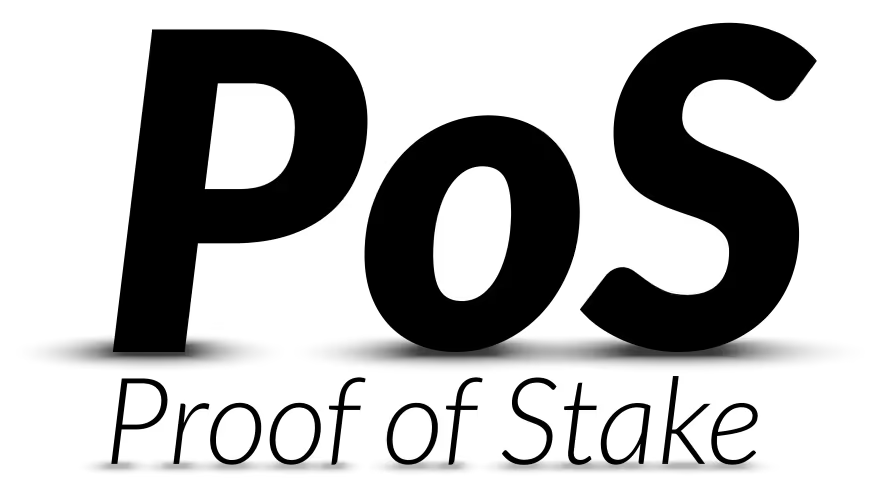Key Takeaways
- PoS secures blockchains using staked assets instead of energy-intensive mining.
- It reduces environmental impact, increases speed, and enhances accessibility.
- By 2025–2026, PoS is central to scalable, sustainable blockchain ecosystems.
What Is Proof of Stake? Understanding the Energy-Efficient Blockchain Trend in 2025–2026
As the cryptocurrency and blockchain ecosystem evolves into 2025 and 2026, energy efficiency and scalability have become central concerns. Enter Proof of Stake (PoS), a consensus mechanism that is rapidly replacing the energy-intensive Proof of Work (PoW) systems. Understanding what Proof of Stake is is crucial for investors, developers, and users navigating the modern blockchain landscape.
Unlike PoW, where miners compete to solve complex mathematical puzzles, PoS validates transactions and secures the network based on the amount of cryptocurrency a participant holds and “stakes.” This approach promises faster transactions, reduced energy consumption, and a more accessible blockchain ecosystem.
How Proof of Stake Works
Proof of Stake is built on a straightforward yet secure principle: the more coins a user locks into the network, the higher their chances of being selected to validate the next block of transactions. Here’s the process:
- Staking: Users lock a portion of their cryptocurrency in the network.
- Validator Selection: Validators are chosen deterministically, often based on the size of their stake and other random factors.
- Block Validation: Selected validators confirm transactions and create new blocks.
- Rewards and Penalties: Validators earn rewards for accurate validation. Those acting maliciously risk losing part of their staked assets (slashing).
This system ensures network security without the massive electricity costs associated with traditional mining.
By 2025, PoS networks like Ethereum 2.0, Cardano, Solana, and Polkadot have refined these mechanisms, offering high-speed transactions, lower fees, and more sustainable blockchain solutions.
Why Proof of Stake Matters in 2025–2026
The adoption of PoS addresses several critical challenges facing the blockchain industry:
1. Energy Efficiency
Unlike PoW, PoS eliminates the need for vast amounts of computational power. Estimates suggest PoS networks consume over 99% less energy, making blockchain technology more environmentally sustainable.
2. Network Security
PoS reduces the risk of centralization and 51% attacks. To compromise the network, a malicious actor would need to control a majority of staked coins — a prohibitively expensive and self-defeating strategy.
3. Accessibility for Users
Staking allows everyday users to participate in network governance and earn rewards without owning specialized mining hardware. This democratizes blockchain participation and expands decentralized finance (DeFi) opportunities.
4. Scalability and Speed
PoS networks handle higher transaction volumes and faster confirmations, supporting the growing adoption of cryptocurrencies, NFTs, and decentralized applications (dApps) in 2025–2026.
Challenges and Considerations
While PoS offers numerous advantages, it is not without challenges:
- Wealth Concentration: Those with more assets have greater influence in block validation.
- Technical Risks: Staking protocols are still evolving, and network bugs could pose security risks.
- Market Volatility: The value of staked assets fluctuates, affecting potential returns.
Despite these challenges, PoS remains a leading innovation in blockchain technology, shaping the future of digital finance and decentralized networks.
The Future of Proof of Stake
Looking beyond 2026, PoS networks are likely to integrate with broader ecosystems including decentralized identity systems, NFT marketplaces, tokenized real-world assets, and AI-driven dApps. The focus will be on creating sustainable, scalable, and inclusive blockchain platforms capable of supporting global adoption.
In essence, Proof of Stake is more than just an alternative to mining — it is the backbone of next-generation blockchain infrastructure, enabling secure, eco-friendly, and efficient digital networks.
Conclusion
Understanding what Proof of Stake is is essential for anyone exploring blockchain technology in 2025 and 2026. By combining energy efficiency, security, and accessibility, PoS networks are not only transforming how cryptocurrencies operate but also setting the stage for a sustainable digital economy. As blockchain adoption grows, PoS will remain a pivotal force in shaping the decentralized future.




